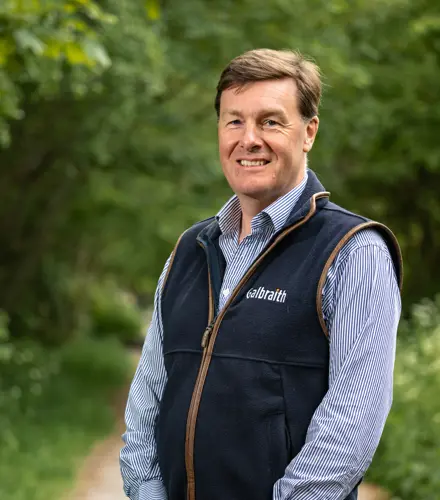The UK Government announced a significant reduction in the Shared Rural Network (SRN) deployment programme at the end of June, referred to as “reshaping”, in a cost-cutting exercise that will also benefit some local communities and owners who were opposing these sites due to numerous concerns including their environmental and other impacts.
This decision will have significant implications for owners where sites are still scheduled to progress and for owners where sites are abandoned, as we will explain below.
Since 2020, mobile network operators (MNOs) have collaborated with the UK Government to enhance mobile connectivity in rural areas through the SRN. Building Digital UK, the Government agency overseeing state-backed digital infrastructure projects including the SRN, said the MNOs had achieved key targets early, including boosting 4G coverage to 95% of the UK landmass, which they had originally sought to reach by the end of 2025.
The programme ‘reshaping’ was predicted by Galbraith in October 2024 and again in May 2025. The number of planned 4G masts for rural Scotland has been scaled back from 258 to 44, safeguarding countryside and landscapes from unnecessary infrastructure.
The SRN will now address connectivity challenges in more limited hard-to-reach areas with no mobile signal, and the pressure on the MNOs to progress the remaining sites has intensified – although the Government took over six months to decide how far to cut back the SRN programme, it has not extended the MNOs’ contractual deadline to have the remaining sites operational, which remains January 2027.
For some sites, the MNOs are likely to have no option but to serve ‘Code notices’ and force through sites to achieve their coverage targets – this often leads to poorly designed sites which don’t take full account of the wider environmental and other impacts. Having taken so long to make a decision, it seems unreasonable for the UK Government not to extent the contractual deadline for the SRN so sites can be designed and built to mitigate their environmental impact as far as possible.
The Government and operators will prioritise new infrastructure in areas of significant need—including popular walking routes such as the West Highland Way—where reliable coverage is needed in emergencies.
We understand MNOs intend to work with local communities, ensuring new masts are appropriately planned and consider natural beauty, local history and ecology, but we at Galbraith are concerned that the contractual deadlines won’t allow sufficient time for all sites to be designed appropriately. All publicly funded masts will be shared among operators to minimise environmental impact.
For those owners who now don’t have SRN sites proceeding, they will need to recover any costs incurred to date from the MNOs, and this may be problematic for any owner who didn’t receive a legal undertaking for their reasonable professional fees to be paid. It remains to be seen if the MNOs will cover the sometimes considerable costs that owners themselves have incurred in reacting to the MNOs’ approach and requests for surveys etc.
When the operators reached their required number of sites under the first phase of the SRN and abandoned any surplus sites, some of them refused to pay any costs the owners incurred themselves. Obtaining an undertaking for their own costs is important for any owner approached about a new telecom site to protect their position in case the site doesn’t proceed for any reason.
*Despite the cutbacks, some sites are still progressing and we can advise on appropriate terms. Do let us know if you’d like to talk to our telecoms team experts.

